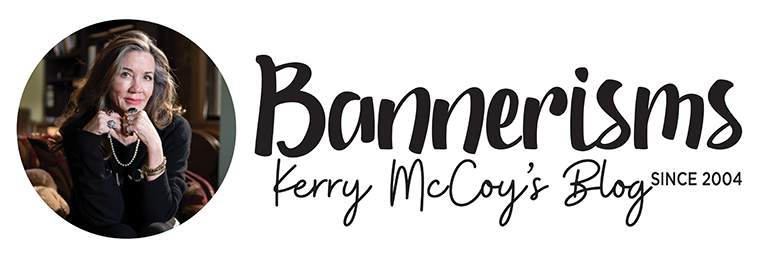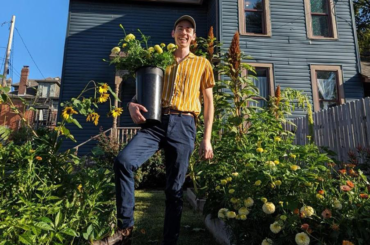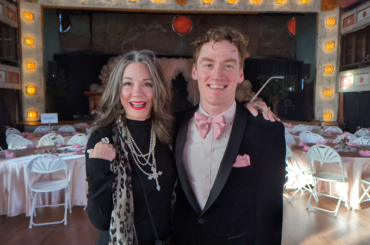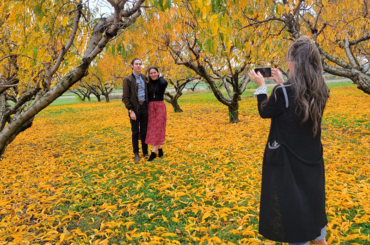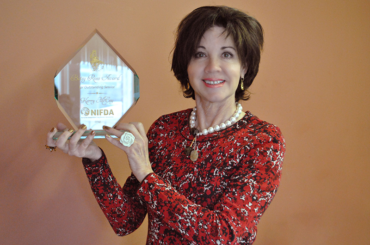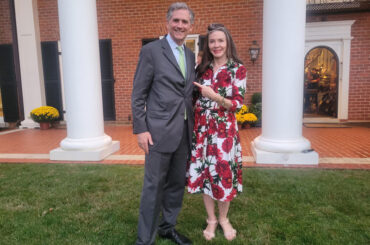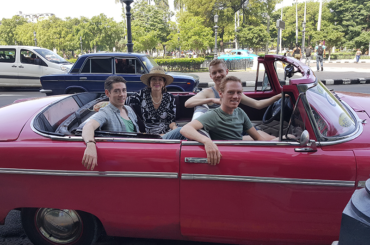Many things are coming back; like the return of shopping catalogs in my overflowing mailbox, conventions are making a comeback, too.
For some time, I’ve been unsure of the viability of expos. They are expensive, a lot of work, and the customer base is narrow. I haven’t worked a convention booth in years. And, as an excuse, I’ve used the Covid-19 pandemic to drop the arduous work, completely. But working a convention booth vs attending one are two different things.
Convention Weekend
This past week was our annual National Independent Flag Dealers Association (NIFDA) convention. It proved to be one of the most well-attended events since its founding in 1988. It seems our flag dealers’ group has been starved for comradery and the city chosen for the event (Charleston, SC) was a boon.
The first day was a meet and greet on the USS Yorktown, an aircraft carrier from WWII. The second day was filled with committee meetings and a discussion on the state of our industry. I learned our industry sales followed all the other retail market trends: Strong first and second quarter and a slow third quarter as the election neared.
The third day was the best day, when we toured three flag factories. The first factory made 3,500 3’x5’ US flags a day! That’s about one every six minutes. The second facility was a dye factory for red, white, and blue flags. In honor of our visit, they thoughtfully put our Arkansas flag on the press.
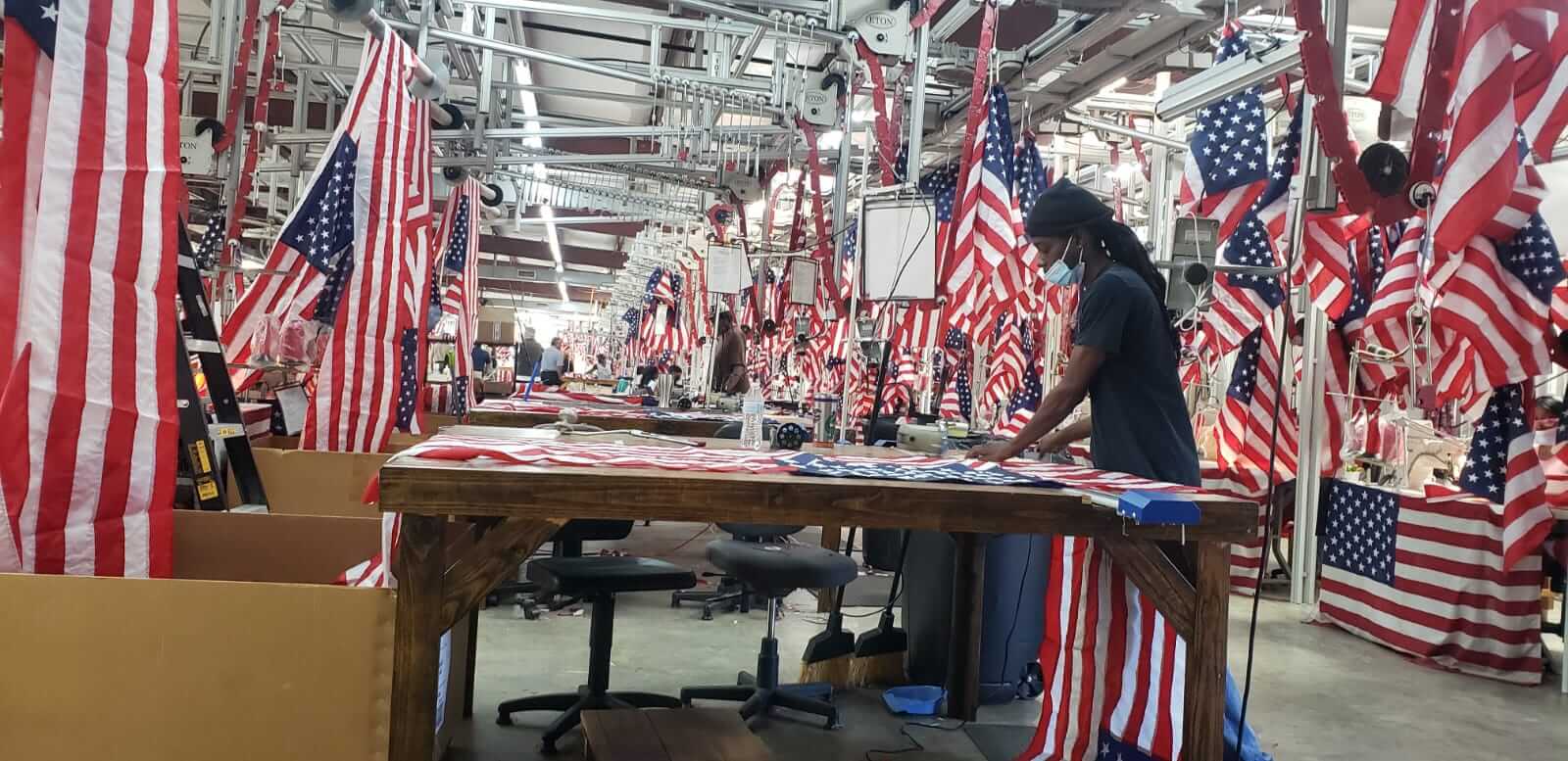
And the last factory, once a custom flag factory, was now converted into making thousands of oddly sized, US flag home-kits for Costco. As dealers, we all thought, “Here we go again, lots of calls from residential consumers looking for replacement parts that don’t exist.”
Quick History
Charleston, SC is old (I mean really old) and was first settled as Charles Town in 1682. Later, in 1776, South Carolina became one of the first states from the original 13 colonies. Over 200 Revolutionary War battles and skirmishes took place in South Carolina—more than in any other colony. To add to their fame, the first shot of the Civil War was fired at 4:30 a.m. on April 12, 1861 on Fort Sumter in South Carolina’s Charleston Harbor.
The town has much to see with its beaches, rivers, and historical markers but, for me, I couldn’t wait to see where my brother lived in Summerville, SC, a suburb of Charleston.
Visiting My Brother
Brother Rick comes to visit his sisters in Little Rock about once a year, but I have never been to his neck of the woods. Though I haven’t been to his street I have seen it on the news, with his house off in the distance, during the 2015 flooding from hurricane Joaquin.
For decades I have heard about his backyard, with the Ashley River that runs behind his home, his slew that rises and falls with the weather, and all the creatures and plants (my brother is a naturalist of sorts) that live along the banks.
Years of listening to Rick’s folklore and storytelling made it a real treat to finally drive out to his place, past antebellum plantations, and small cotton fields to his cul-de-sac full of history and teeming with nature. Though it was a rainy day left over from tropical storm Nichole, I couldn’t wait to venture out into his backyard.
We stood by a gracefully leaning tree, the likes of which some might have cut down. The tree was adorned with hanging Spanish Moss, once used as filament to stuff seat cushions, and air plants called Resurrection Ferns were living on its trunk.
Strolling the yard, I learned the name of new plants that I think would work well back in my Arkansas yard like the Cast Iron, akin to a Hosta, only year-round. We crossed a little wooden bridge he’d made over his backyard slew and talked about the birds in his feeders, the rats that ate their seed droppings, and the snakes that ate the rats. Rick has cataloged over 10 snake species.
Back inside, we broke bread together and he showed me around his home with his findings, including a Revolutionary War cannon ball he dug up while planting in the sandy loam of his front yard. Coming back home, I thought, “I must visit again. South Carolina would be a nice place to live. And now I understand why everybody was fighting over territory there.”

(Don’t want to miss Kerry’s weekly blog? Click the “Subscribe” button on right side bar or below)
